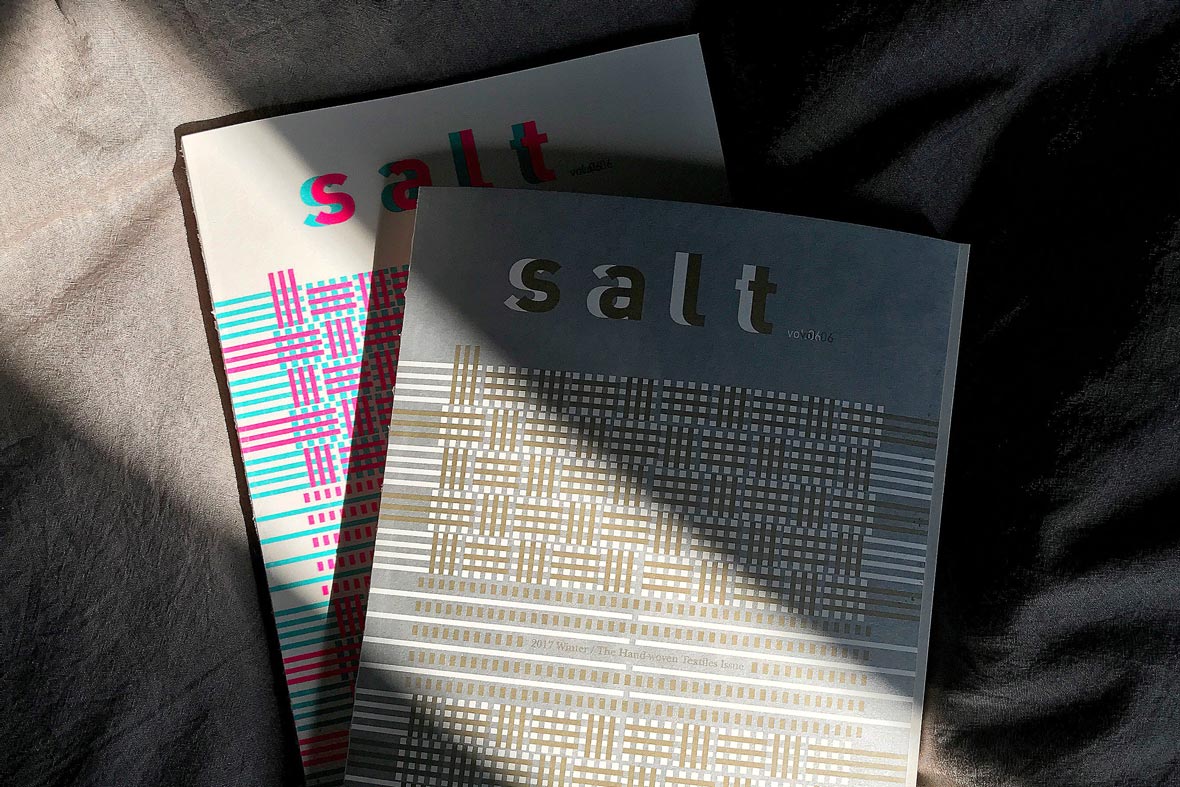
Ulaanbaatar’s booming street art scene has deep roots. Three generations of artists, all still active, have left their mark on the alleyways and underpasses of the city. The earliest got its start in the 1990s, when the artist ANZ – widely regarded as the godfather of Mongolian graffiti, and even today cited as a source of inspiration – began creating his murals. In the mid-2000s, a second generation emerged, with the artists Deez, Eto, Heesco, and others, who were driven by restlessness and a need to make their voices heard. They in turn mentored and inspired the current generation, a group of internet-savvy kids who used online forums to meet up and form crews. Of these, the most well known is probably The Nasty Methods Crew (TNMC), formed in 2014 by the artists Dasher, Sane2, Risky, Emak, and TEM.
蒙古乌兰巴托蓬勃发展的街头艺术,有着源远流长的历史。缘起至今的三代艺术家都仍然活跃着,如今已在城市的小巷和地下通道上留下了他们的印记。最早始于 20 世纪 90 年代,当时艺术家 ANZ ──被普遍认为是蒙古族涂鸦教父,甚至如今还依然是街头创作的灵感来源──已经开始创作他的壁画了。在上世纪中叶,第二代艺术家为不安和渴望被聆听的动力所驱使,Deez、Eto、Heesco 和其他艺术家出现了。这群精通网络的孩子,他们利用网络论坛聚在一起,组成团队,反过来引导并激励了当代人。其中最著名的可能是 The Nasty Methods Crew(TNMC),它是由艺术家 Dasher、Sane2、Risky、Emak 和TEM 于 2014 年成立。
Each member of TNMC has their own style and approach, but they’re united in the belief that by working together they can raise the bar on the local graffiti scene. Some of the artists, like Dasher, believe in preserving graffiti’s original anti-authoritarian spirit: he’s out on the streets, hunting for new (and often illegal) spots for his throw-ups. Others, like Sane2, want to move away from those rebellious roots to shift public perceptions of the art form. Despite their different approaches, the joint goal is to create art that can be enjoyed by all.
TNMC 中的每一位成员都有着各自鲜明的风格和创作方式,但有一种信念让他们走到了一起:团结一致,提升当地涂鸦文化的发展。他们当中有人认为,涂鸦艺术应该延续其反权威的精神,譬如 Dasher,他常常会走到街上,去寻找新的、甚至是被禁止的地方来涂鸦;但像 Sane2 却认为,涂鸦艺术应该抛离这种反叛的根源,改变公众对涂鸦艺术的偏见。虽然创作思维不同,但他们目标相同:创作一种能让所有人欣赏的艺术。

TEM, the newest member to join TNMC, is the man behind Nomadink, the biggest street art festival in the country. The event has boosted public interest in graffiti by bringing together street artists from around the world to work on collaborative murals with Mongolian artists. “I started Nomadink as a way to push modern art to the masses, and the local artists can learn from the experience,” says TEM. Over the years, artists from Korea, Singapore, Malaysia, Australia, and USA have participated and created work throughout Ulaanbaatar.
TEM 是新加入 TNMC 的成员,同时也是蒙古国内最大型的街头艺术节 Nomadink 的创办者。这个艺术节邀请来自世界各地的街头艺术家与蒙古当地艺术家一起合作涂鸦作品,以此来提升大众对涂鸦艺术的兴趣。“创办 Nomadink 的初衷是为了向大众推广现代艺术,同时给本地艺术家提供学习的机会。” TEM 解释道。多年来,通过这个艺术节,来自韩国、新加坡、马来西亚、澳大利亚和美国的艺术家,已在乌兰巴托城市里的各个角落里留下了印记。


Surprisingly, given the festival’s success, some of TNMC’s members see a declining interest in street art, and even gloomily complain that the golden age of Mongolian graffiti is over. Today’s internet offers so much entertainment,” says Dasher, shaking his head. “A lot of kids probably see going out and tagging as a hassle, when they can just have fun at home.” Sane2 nods in agreement. Their pessimism may prove premature. In a few years, another generation of artists may come of age – and look to TNMC for inspiration.
意外的是,尽管艺术节本身十分成功,但有部分 TNMC 成员认为,公众对涂鸦文化的兴趣依然在减少,甚至有些沮丧地表示,蒙古涂鸦艺术的黄金时代已经结束了。“因为今天的互联网提供了如此多的娱乐。”Dasher 摇着头说道:“现在的小孩都觉得出去是一件很麻烦的事情,他们宁愿在家玩。”一旁的 Sane2 点头表示同意。但他们的悲观情绪可能来得太早,或许再过几年,新一代的艺术家就会与之接轨,并在 TNMC 和他们的作品中受到启发。

ANZ, for his part, takes a long view. Even though he notes a growing commercialism in younger artists, he’s still optimistic about street art in his country. “Nowadays, a lot of people look at things with a more commercial mindset, asking ‘How can I sell this? How can I get more attention from this?’” he says. “But I remain hopeful. I’m still impressed by the younger generation, especially TNMC and what they’re doing. They’re the future of Mongolian graffiti.”
对此,已有数十年经验的 ANZ 则以更长远的目光来看待。他表示,虽然自己也注意到年轻一代的艺术家中普遍存在一种商业化的倾向,但他依然保持乐观。“现在人们的想法可能更商业化一点,总是想‘我怎样才能卖掉这幅作品’,‘怎样才能通过作品提升曝光度’。但我还是很乐观,年轻艺术家中还是有很多让我觉得很不错的作品,尤其是 TNMC 这个团队和他们的努力,他们是蒙古涂鸦艺术的未来。”

Contributor: Anand Tumurtogoo
Photographers: Anand Tumurtogoo & Byamba-Ochir Byambasuren
Additional Images Courtesy of TNMC & TEM
供稿人: Anand Tumurtogoo
摄影师: Anand Tumurtogoo & Byamba-Ochir Byambasuren
附加图片由 TNMC 与 TEM提供




































































































































